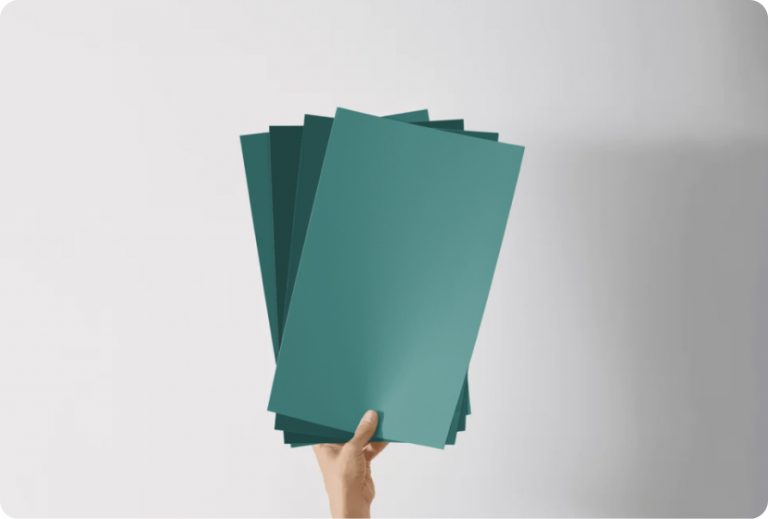If you’re looking to freshen up a room or give your space a cozy and inviting feel, Benjamin Moore’s OC-15 Baby Fawn might just be the perfect paint color for you. This gentle and warm neutral provides a beautifully subtle backdrop for any room, blending seamlessly with a variety of decor styles and color schemes.
As part of Benjamin Moore’s Off-White Collection, Baby Fawn stands out for its understated elegance, offering a soft and soothing presence that’s not too overwhelming. This makes it an ideal choice for creating a serene and welcoming atmosphere in your home.
Whether you’re painting a living room, bedroom, or even a kitchen, Baby Fawn has a versatile charm that enhances the space without stealing the spotlight. Its ability to pair well with both bold and muted colors also means you can easily accessorize with different fabrics, furnishings, and art pieces to personalize your space.
This article will guide you through the unique qualities of OC-15 Baby Fawn, why it might be the right paint for your next project, and how it behaves in various lighting conditions. Let’s explore how this beautifully neutral paint color can transform your space into a tranquil and stylish haven.

What Color Is Baby Fawn OC-15 by Benjamin Moore?
Baby Fawn is a delicate hue by Benjamin Moore, striking a perfect balance between warmth and neutrality. This color closely resembles the soft, pale coat of a young deer, exuding gentleness and an earthy vibe. Its subtlety makes it incredibly versatile, allowing it to blend seamlessly into various interior styles. Whether you’re decking out a modern minimalist living space, a cozy farmhouse bedroom, or aiming for a classic traditional look, Baby Fawn sets a calming, inviting tone.
What’s fantastic about this shade is its ability to marry well with numerous materials and textures, enhancing the overall aesthetic of a room. In spaces featuring wooden elements, such as hardwood floors or wooden furniture, Baby Fawn brings out the warmth of the wood, creating a cohesive, nature-inspired ambiance.
It also pairs splendidly with textures like linen or wool, adding depth and a sense of comfort to the space. Metallic accents in gold or brass can introduce a touch of sophistication, making the color pop, whereas with stone elements, it fosters an elegant, grounded feel.
In essence, Baby Fawn is a go-to choice for anyone looking to inject a serene, yet warm quality into their home, without overwhelming the space. Its understated elegance and versatility make it a favorite for creating rooms that feel both refined and welcoming.
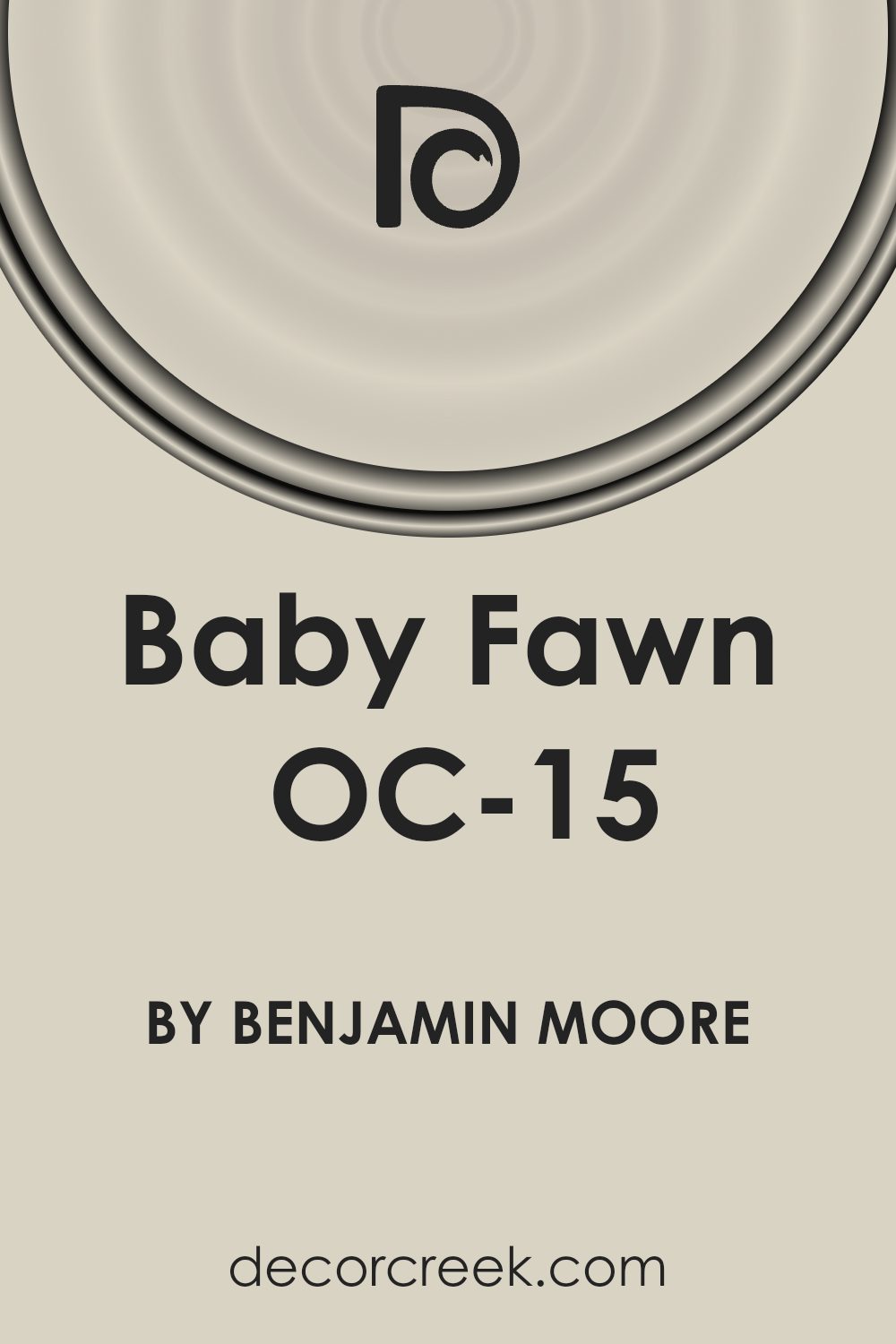
Is Baby Fawn OC-15 by Benjamin Moore Warm or Cool color?
Baby Fawn OC-15 by Benjamin Moore is a beautiful, soft beige color that brings a soothing and warm atmosphere to any home. Its versatility means it can blend seamlessly with various decor styles, from traditional to modern. This subtle hue creates a cozy background that allows furniture and art to stand out, making it great for living rooms, bedrooms, or even kitchens. Its lightness helps in making small spaces appear larger and more open, enhancing natural light during the day while maintaining a soft glow in artificial light at night. Unlike stark whites or deeper browns, Baby Fawn offers a perfect balance that’s neither too bright nor too dark, making it a great choice for creating a calm and welcoming environment. For homeowners looking to add a touch of warmth without overwhelming the senses, this color is a fantastic option. Its natural earth tone complements wood finishes, textiles, and metals alike, providing a versatile backdrop for a wide range of color palettes and design elements.
Undertones of Baby Fawn OC-15 by Benjamin Moore
The color Baby Fawn by Benjamin Moore is a complex hue that contains hints of various undertones like pale yellow, light purple, light blue, pale pink, mint, lilac, and grey. These undertones are subtle shades that influence how we perceive the main color. For instance, depending on the lighting and surrounding colors, Baby Fawn might seem warmer, cooler, or neutral.
Undertones play a huge role in the overall feel of a color. They can make a color appear more cozy or more refreshing. Pale yellow and mint bring a touch of warmth and freshness, making spaces feel inviting. Light purple and lilac add a hint of sophistication and depth, slightly cooling down the space without overpowering it. Light blue and pale pink offer a calming effect, perfect for creating a peaceful ambiance. Grey helps to balance the color, ensuring it remains neutral and versatile.
When used on interior walls, the undertones in Baby Fawn make it incredibly adaptable. In rooms with plenty of natural light, the warmer undertones might become more pronounced, making the space feel bright and cheerful. In artificial light or north-facing rooms, the cooler undertones could emerge, offering a subtle elegance.
This versatility means Baby Fawn can complement a wide range of decor styles and color palettes, making it a popular choice for designers and homeowners seeking a color that bridges warmth and neutrality beautifully.
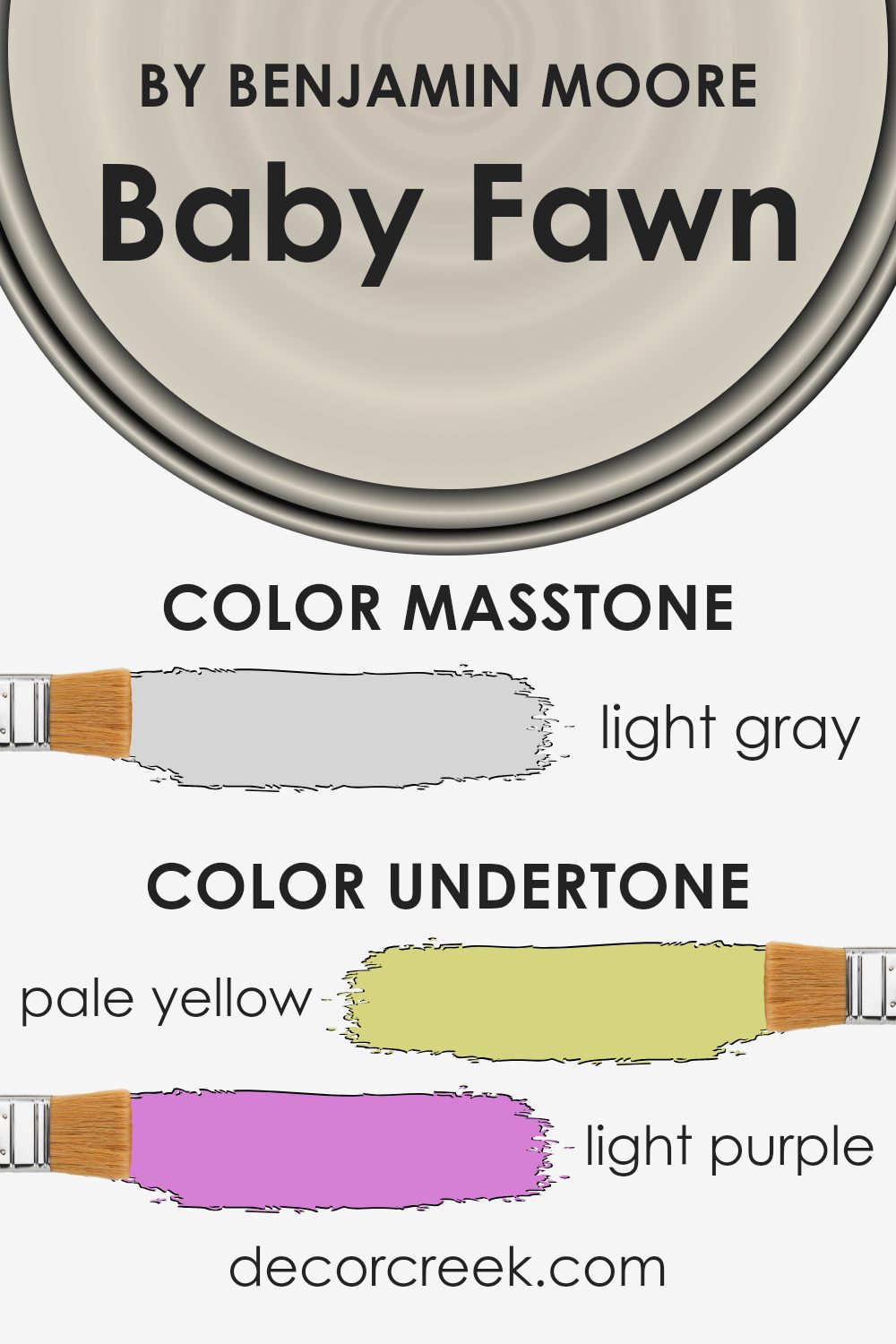
What is the Masstone of the Baby Fawn OC-15 by Benjamin Moore?
Baby Fawn OC-15 by Benjamin Moore has a masstone of light gray, specifically marked by the color code #D5D5D5. This subtle shade brings a soft, calm feeling to any room it graces. When used in homes, its light gray tone offers a neutral backdrop that is versatile and easy to work with.
It means that almost any color of furniture, curtains, or decorations can look good against it. Whether you want to add bright accents for a lively feel or keep things muted for a minimalist look, this color supports your vision without competing for attention.
The beauty of using a light gray like Baby Fawn OC-15 lies in its ability to enhance natural light in a space. Rooms appear brighter and more open, making them feel welcoming. It’s particularly effective in smaller spaces, where the goal is to make the area look bigger and more inviting. Because it doesn’t lean too heavily towards warm or cool tones, it fits seamlessly into any home, blending with both modern and traditional designs.
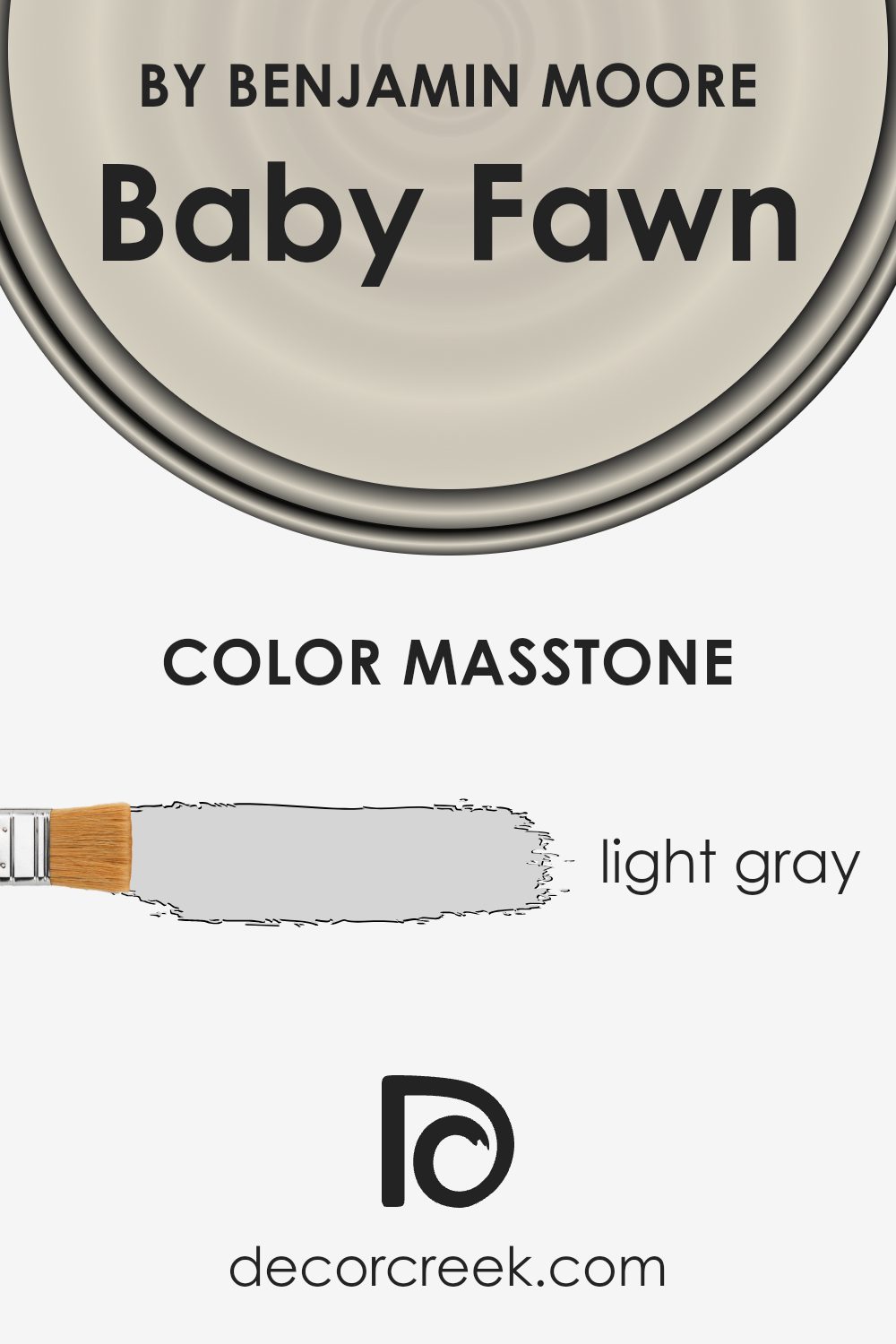
How Does Lighting Affect Baby Fawn OC-15 by Benjamin Moore?
The way we see colors is greatly influenced by light, whether it’s beaming in from the sun or emitted by light bulbs around us. This interaction between light and color can dramatically change the appearance of a paint color on our walls, making the choice of color for a room as crucial as selecting the type of lighting. Take, for instance, a hue like Baby Fawn. This color is a soft, versatile neutral that can seem quite different depending on the light it’s exposed to.
In artificial light, which is the light from bulbs inside our homes, Baby Fawn’s true character can shift based on the type of bulb used. LED or fluorescent lighting can make it appear crisper and cooler, perfect for creating a bright, focused ambiance in a study or kitchen. Meanwhile, warmer, incandescent lighting can draw out the color’s cozier, more inviting undertones, making living spaces feel snug and welcoming.
Natural light, on the other hand, changes throughout the day and varies according to the direction windows face, affecting how Baby Fawn looks. In north-facing rooms, which get less direct sunlight, this color might look a bit cooler and more muted, giving a calm, serene feel. In contrast, south-facing rooms bask in warmer, brighter light for most of the day, making Baby Fawn appear lighter and more lively, enhancing its warm undertones.
East-facing rooms enjoy bright light in the morning, which then cools off as the day progresses. Here, Baby Fawn will start the day feeling crisp and bright but become softer and more shadowed as the light fades. West-facing rooms have the opposite effect: the color may start more subdued in the morning’s weaker light, then glow warmly in the late afternoon and evening as the sun sets, giving the space a golden quality.
Each room’s orientation and the type of artificial light chosen can greatly influence how a color like Baby Fawn is perceived, highlighting the importance of considering both factors when deciding on a paint color.
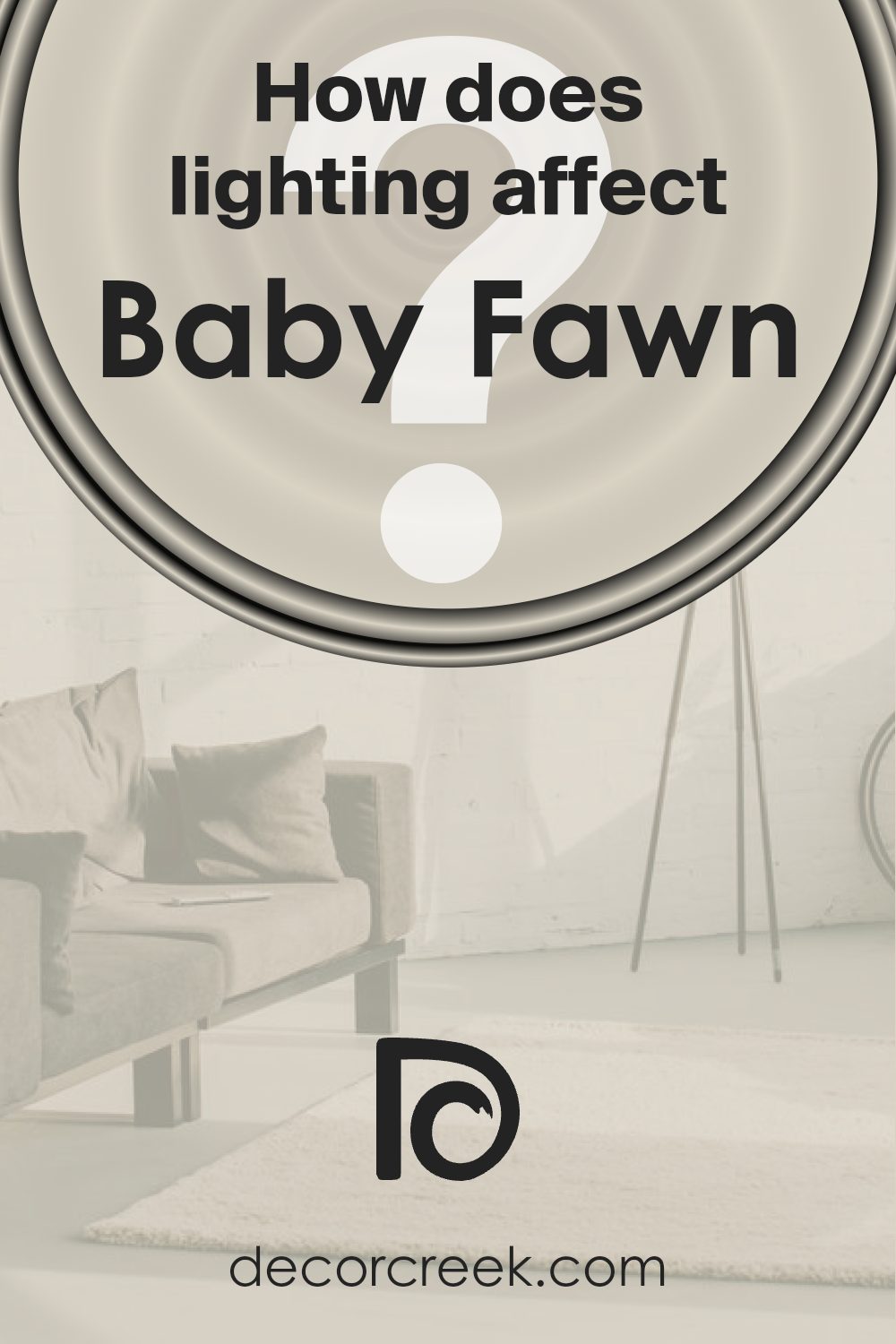
What is the LRV of Baby Fawn OC-15 by Benjamin Moore?
LRV stands for Light Reflectance Value, a metric used to measure the percentage of light a paint color reflects from or absorbs into a surface. Essentially, it’s a way to figure out how light or dark a color will look on your walls. The scale goes from 0, which is pure black and reflects no light, to 100, which is pure white and reflects all light.
This value is super useful when you’re deciding on paint colors because it helps you understand how bright or moody a room will feel. Paints with higher LRVs will make a space seem more illuminated and open, as they reflect more light around the room. On the other hand, colors with lower LRVs absorb more light, creating a cozier or more enclosed feeling.
The LRV of Baby Fawn (OC-15) by Benjamin Moore is 63.09, placing it on the lighter side of the spectrum. This means it has a good ability to reflect light, contributing to a space that feels airy and bright. Especially in well-lit areas, this color will enhance the natural light, making the room feel more open and welcoming. Despite its capacity to reflect light, it won’t look stark or overly bright, thanks to its positioning in the mid-range of the LRV scale0.
This balance makes Baby Fawn a versatile choice, working well in a variety of spaces and lighting conditions to create a warm and inviting atmosphere without overpowering the room’s other design elements.
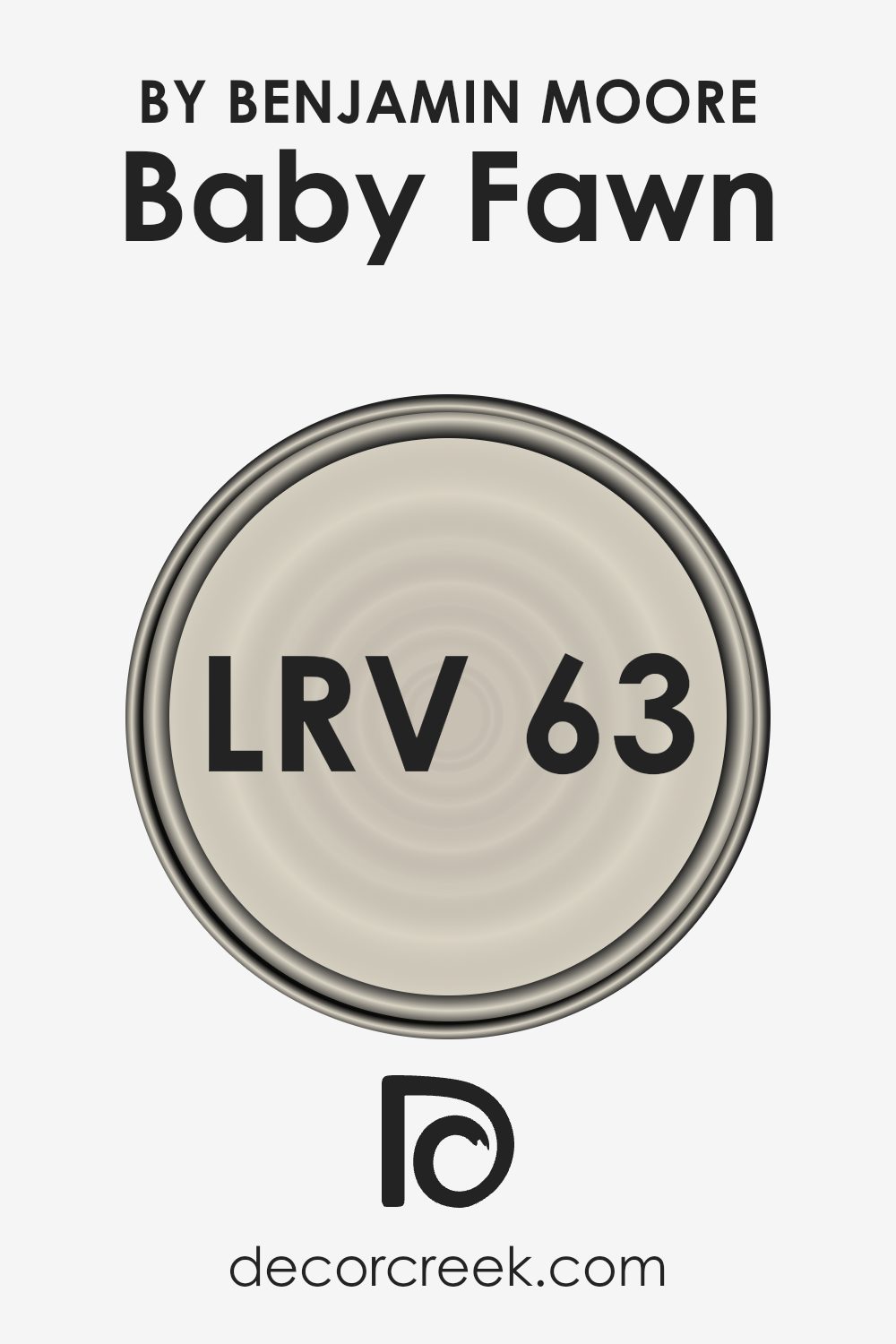
Coordinating Colors of Baby Fawn OC-15 by Benjamin Moore
Coordinating colors are shades that complement each other when used together in a space, creating a harmonious and visually appealing palette. These colors often balance each other out, pulling from different places on the color wheel to enhance the beauty of the primary color they are paired with.
For example, Baby Fawn OC-15 by Benjamin Moore can serve as a versatile base, offering a warm, neutral backdrop that pairs well with a variety of coordinating colors, enhancing the overall aesthetic of a room without overwhelming it.
AF-645 Chambourd is a rich, deep purple that adds a touch of sophistication and depth when used alongside Baby Fawn. It can make a striking statement without overpowering, perfect for accent walls or decor. OC-19 Seapearl, on the other hand, is a light, airy off-white that reflects natural light beautifully, giving a sense of space and tranquility. It works seamlessly with Baby Fawn to create a calm, cohesive look. HC-159 Philipsburg Blue brings a serene, classic blue into the mix, offering a fresh, crisp contrast that can cool down a room while still feeling inviting.
Lastly, 1223 Brentwood is a warm, sandy beige that complements Baby Fawn by adding texture and a hint of color to maintain a soft, unified palette. These coordinating colors together make it easy to design a space that feels both balanced and beautiful, allowing for a range of design possibilities.
You can see recommended paint colors below:
- AF-645 Chambourd (CHECK A SAMPLE)
- OC-19 Seapearl
- HC-159 Philipsburg Blue (CHECK A SAMPLE)
- 1223 Brentwood (CHECK A SAMPLE)

What are the Trim colors of Baby Fawn OC-15 by Benjamin Moore?
Trim colors are the hues selected for the architectural details of a room or exterior, such as door frames, skirting boards, and crown molding. Choosing the right trim color can significantly affect the overall appearance and feel of a space, highlighting its best features or adding a layer of contrast that defines and enhances the room’s design.
When used with a neutral and versatile shade like Baby Fawn OC-15 by Benjamin Moore, trim colors can either subtly complement the wall color or introduce a striking visual difference that frames the space in an appealing way.
For a harmonious and serene effect, OC-110 Milky Way is an excellent choice as a trim color alongside Baby Fawn. It’s a soft, muted white with a hint of warmth that can add a gentle brightness to the room, lifting the ambiance without overwhelming it. On the other hand, OC-121 Mountain Peak White offers a crisp, clean look that can make the details pop against the soft backdrop of Baby Fawn. This color has just enough depth to create a noticeable contrast, drawing attention to the architectural elements of the space, and enhancing the room’s character and charm.
You can see recommended paint colors below:
- OC-110 Milkyway
- OC-121 Mountain Peak White
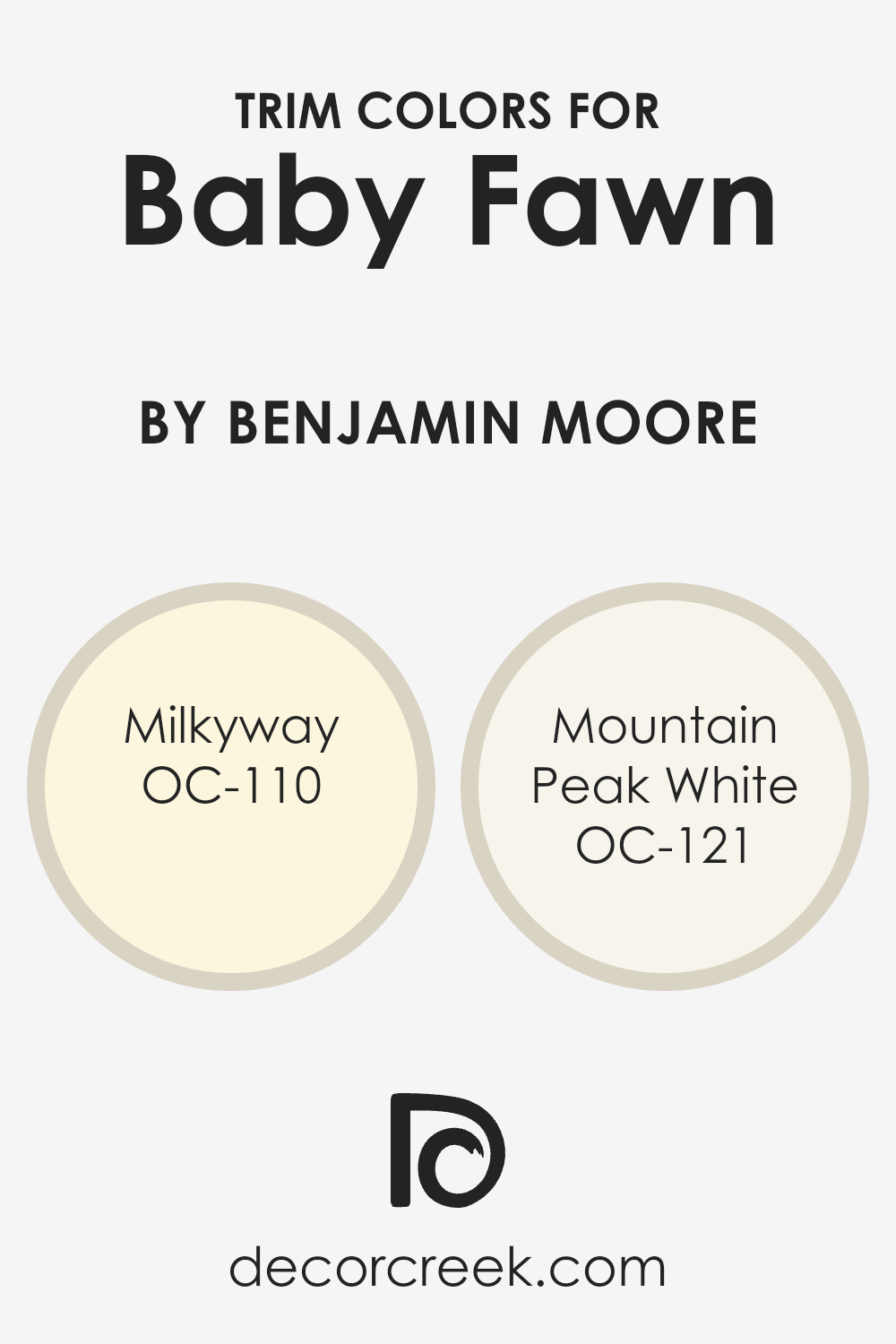
Colors Similar to Baby Fawn OC-15 by Benjamin Moore
Choosing similar colors when decorating can subtly enhance the aesthetic appeal and cohesiveness of a space, creating a serene and harmonious ambiance. When colors closely resemble each other, like Baby Fawn OC-15 by Benjamin Moore and its similar color, Elmira White HC-84, they work together by softly blending into the environment, making the transition between walls and decor elements seamless and pleasing to the eye. Such similarity in hue allows for a design that feels intentional and meticulously curated, offering a sense of continuity and flow that is both relaxing and sophisticated.
Baby Fawn OC-15 is a gentle shade that whispers of warmth and tranquility, offering a perfect backdrop for a wide range of decor styles. Its understated elegance ensures that it can effortlessly uplift spaces without overwhelming them with color. On the other hand, Elmira White HC-84 shares this subdued beauty, acting as an inviting canvas that complements natural light and enhances the perception of space.
Both colors wield the power to illuminate rooms, reflecting light in ways that can make spaces appear larger and more inviting. Together, these colors provide an ideal solution for those seeking a refined but welcoming atmosphere.
You can see recommended paint color below:
- HC-84 Elmira White (CHECK A SAMPLE)
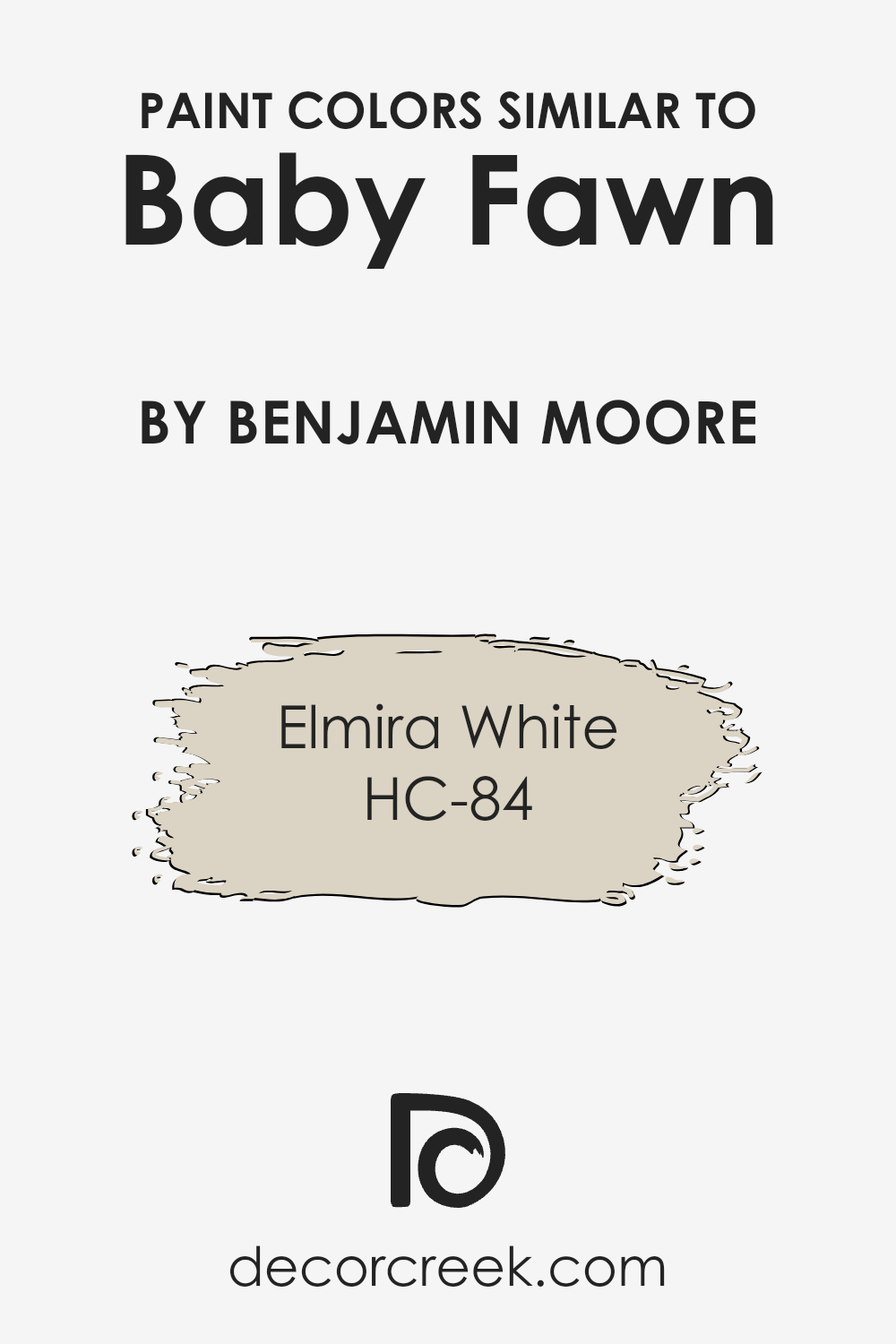
Complimentary Colors for Baby Fawn OC-15 Paint Color by Benjamin Moore
Baby Fawn by Benjamin Moore is a versatile neutral that brings warmth and elegance to any space. This soft greige shade complements a variety of colors, making it an excellent choice for those looking to create a calming and sophisticated environment. Baby Fawn works well as a main wall color or a backdrop for bolder accents.
To enhance Baby Fawn’s natural beauty, pair it with Hale Navy for a bold contrast or with White Dove and Chantilly Lace for a fresh, airy feel.
Edgecomb Gray adds subtle depth, while Kendall Charcoal creates a grounding effect. For a crisp, modern look, consider combining it with Simply White or Cloud White for a clean and timeless palette.
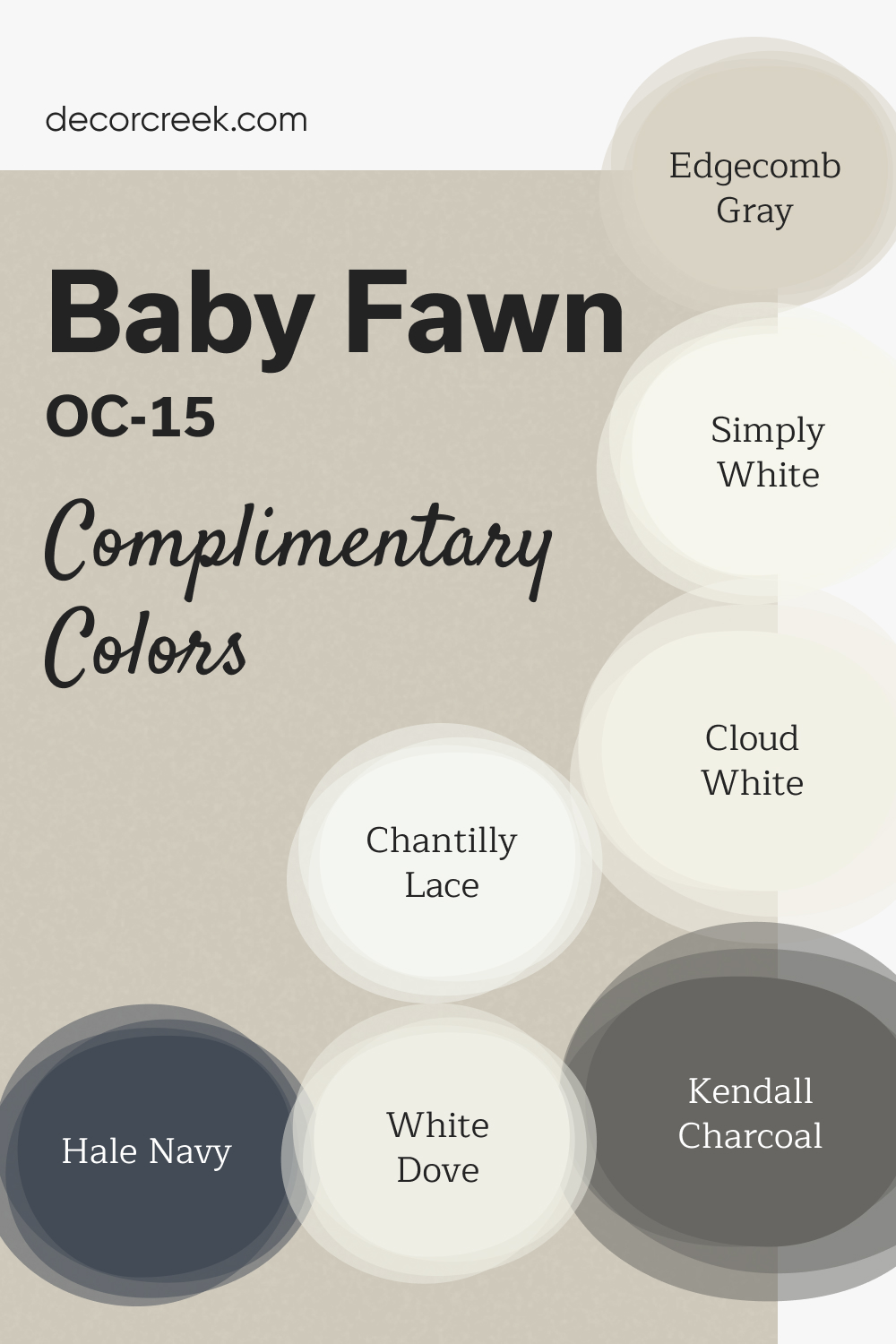
How to Use Baby Fawn OC-15 by Benjamin Moore In Your Home?
Baby Fawn OC-15 by Benjamin Moore is a soft, light brown hue that brings a welcoming warmth to any room. This versatile color can be a great choice when you’re looking to give your space a fresh, cozy feel without overwhelming it with too much intensity. It’s perfect for creating a calm and inviting atmosphere in living rooms or bedrooms where comfort is key.
You can use Baby Fawn on walls to set a gentle backdrop that complements a wide range of furnishings and decor styles, from modern to classic. It pairs well with white trim for a clean, crisp look or with darker wood for a more grounded, earthy vibe. This hue is also excellent for highlighting architectural features without stealing the spotlight.
If you’re not ready to commit to painting an entire room, consider using Baby Fawn for an accent wall. This can add a subtle touch of warmth to the space. Alternatively, introducing it through accessories like cushions, throw blankets, or curtains can help tie the room together, creating a cohesive look that feels both stylish and snug.
Baby Fawn OC-15 by Benjamin Moore vs Elmira White HC-84 by Benjamin Moore
Baby Fawn and Elmira White are both soothing, versatile colors from Benjamin Moore that can add a gentle warmth to any space. At first glance, they might seem quite similar, but they do have their unique touches. Baby Fawn leans a bit more towards a soft, creamy beige. It’s the kind of color that feels like a warm, cozy blanket on a chilly day, making rooms feel welcoming and snug.
On the other hand, Elmira White has a hint more of a greige undertone, blending gray with beige in a way that’s subtle yet distinct. This color tends to feel a bit cooler compared to Baby Fawn, offering a serene, calming vibe. It’s perfect for those looking for a neutral that bridges the gap between beige and gray.
When choosing between the two, consider the mood you’re aiming for: warmer and cozier with Baby Fawn or cooler and more serene with Elmira White.
You can see recommended paint color below:
- HC-84 Elmira White (CHECK A SAMPLE)

Conclusion
The article highlights the versatility and subtle charm of Baby Fawn OC-15, a color offered by Benjamin Moore. This shade stands out for its ability to bring warmth and serenity to any space, making it a popular choice among homeowners and designers alike. Its understated elegance allows it to fit seamlessly into a variety of decor styles, from modern to traditional, effectively enhancing the aesthetic appeal of a room without overwhelming it.
Furthermore, the piece emphasizes the practical benefits of choosing Baby Fawn OC-15 for both living and workspaces. The color is praised for its ability to create an inviting and comfortable atmosphere, which is essential for areas where people spend a considerable amount of time.
Its adaptability in different lighting conditions and compatibility with a wide range of furniture and accent colors are also noted, making it a dependable and attractive option for anyone looking to refresh their interiors.
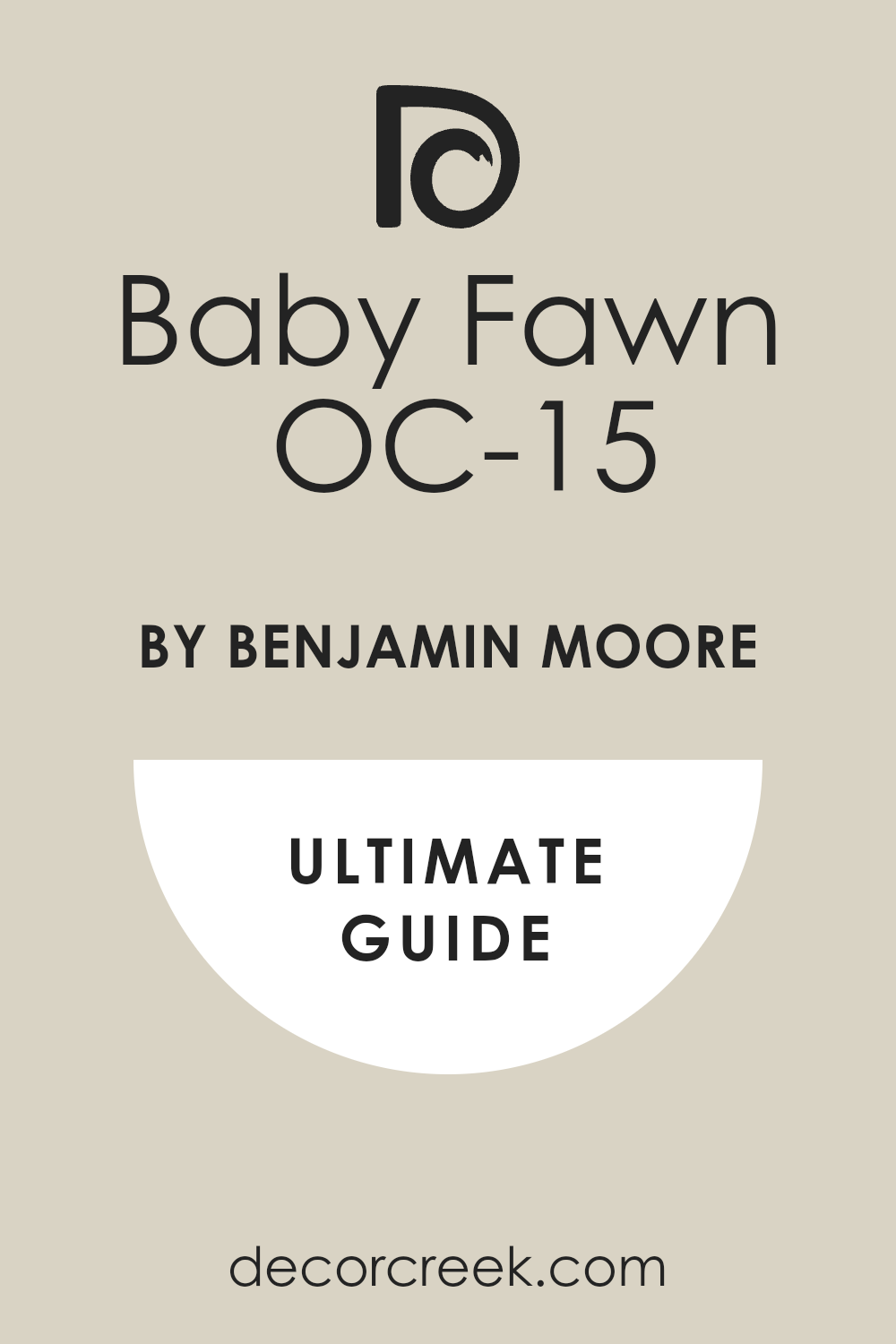
Ever wished paint sampling was as easy as sticking a sticker? Guess what? Now it is! Discover Samplize's unique Peel & Stick samples.
Get paint samples

